Submachine 2 revisited
October 4, 2013
play | play original version | play an early sketch
So here’s what happened.
I was playing all submachines in order to get into the right state of mind for the upcoming episode, right? Then I almost accidentally opened the submachine 2 work file, to see how much the code got old and how much work I’ll need in order to create an HD version. I don’t quite remember what happened after that – but here’s the revisited, renewed and kind of polished a bit version of the game. It’s still the same game, I just dusted it off.
So I took a long, upclose look at this game. I found a potential. A potential to reorganize a bit, stir things up, add new material, finally add some kind of rewards for finding the secrets – that’s all you wanted back in 2006 as I recall. All in the HD version that’s bound to happen someday. For now – here’s a good template to start working on the extended submachine universe.
Good times ahead.
Hang on.








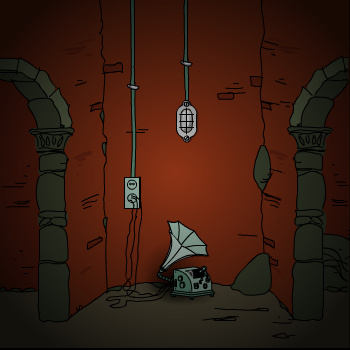
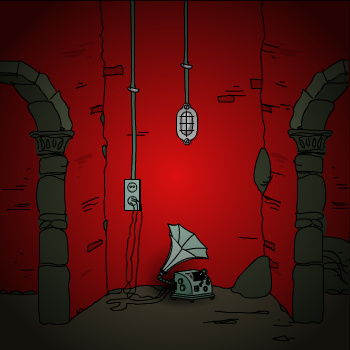
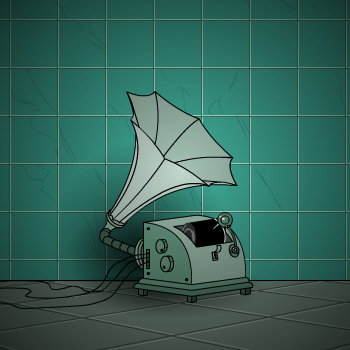
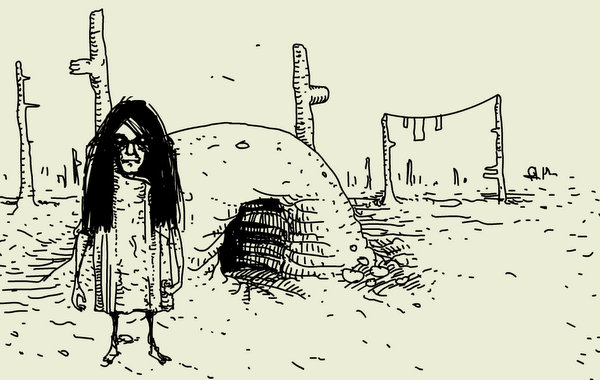

 Walled off from the rest of the world, the fortress-like old town of Dubrovnik has narrow streets and tightly built houses. It’s a human friendly town where tourists like to flock and residents seem to flourish in peaceful appreciation for their beautiful neighborhoods. Yet here, perhaps among the leaves of a succulent, the grains of potting soil, or the black depths of a wall crevice, live the unseen inhabitants of the town: the10 Gnomes in Dubrovnik. But can you find them all? That is the question in this lovely continuation of Mateusz Skutnik’s point-and-click find-the-gnomegame series.
Walled off from the rest of the world, the fortress-like old town of Dubrovnik has narrow streets and tightly built houses. It’s a human friendly town where tourists like to flock and residents seem to flourish in peaceful appreciation for their beautiful neighborhoods. Yet here, perhaps among the leaves of a succulent, the grains of potting soil, or the black depths of a wall crevice, live the unseen inhabitants of the town: the10 Gnomes in Dubrovnik. But can you find them all? That is the question in this lovely continuation of Mateusz Skutnik’s point-and-click find-the-gnomegame series.
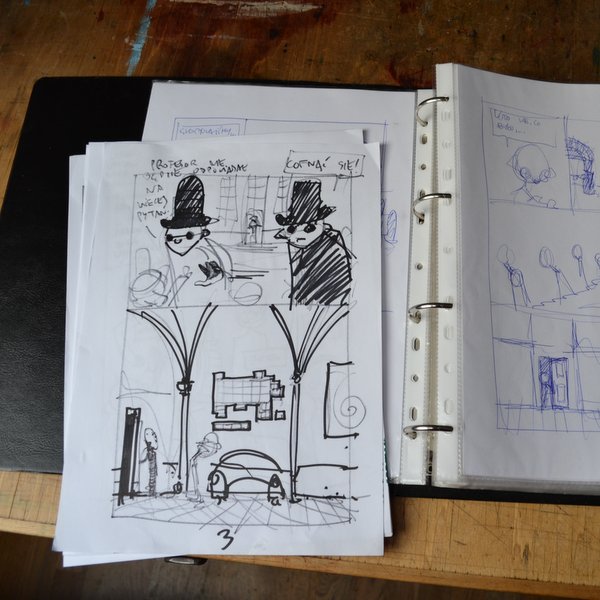
 New Skutnik’s game has been released few days ago!
New Skutnik’s game has been released few days ago! Well I seem to have missed Daymare Towns 1-3, but perhaps you’ll forgive me as the last was released over three years ago. (In the meantime, creator Mateusz Skutnik has given us the lovely platformy spin-off Daymare Cat.) The main Daymares are more traditional adventure games, set in a surreal, beautiful world and with no handholding in their puzzles whatsoever. You’ll need patience to overcome 4′s obscurity, but you’ll be rewarded in spades with yet more atmospheric, mysterious scenes and memorably unusual characters. An HD, full-screen version of Daymare Town 4 can be yours for $5 – it’s a bit of a pixel hunt, so if you enjoy the game, that may be worth a look.
Well I seem to have missed Daymare Towns 1-3, but perhaps you’ll forgive me as the last was released over three years ago. (In the meantime, creator Mateusz Skutnik has given us the lovely platformy spin-off Daymare Cat.) The main Daymares are more traditional adventure games, set in a surreal, beautiful world and with no handholding in their puzzles whatsoever. You’ll need patience to overcome 4′s obscurity, but you’ll be rewarded in spades with yet more atmospheric, mysterious scenes and memorably unusual characters. An HD, full-screen version of Daymare Town 4 can be yours for $5 – it’s a bit of a pixel hunt, so if you enjoy the game, that may be worth a look.